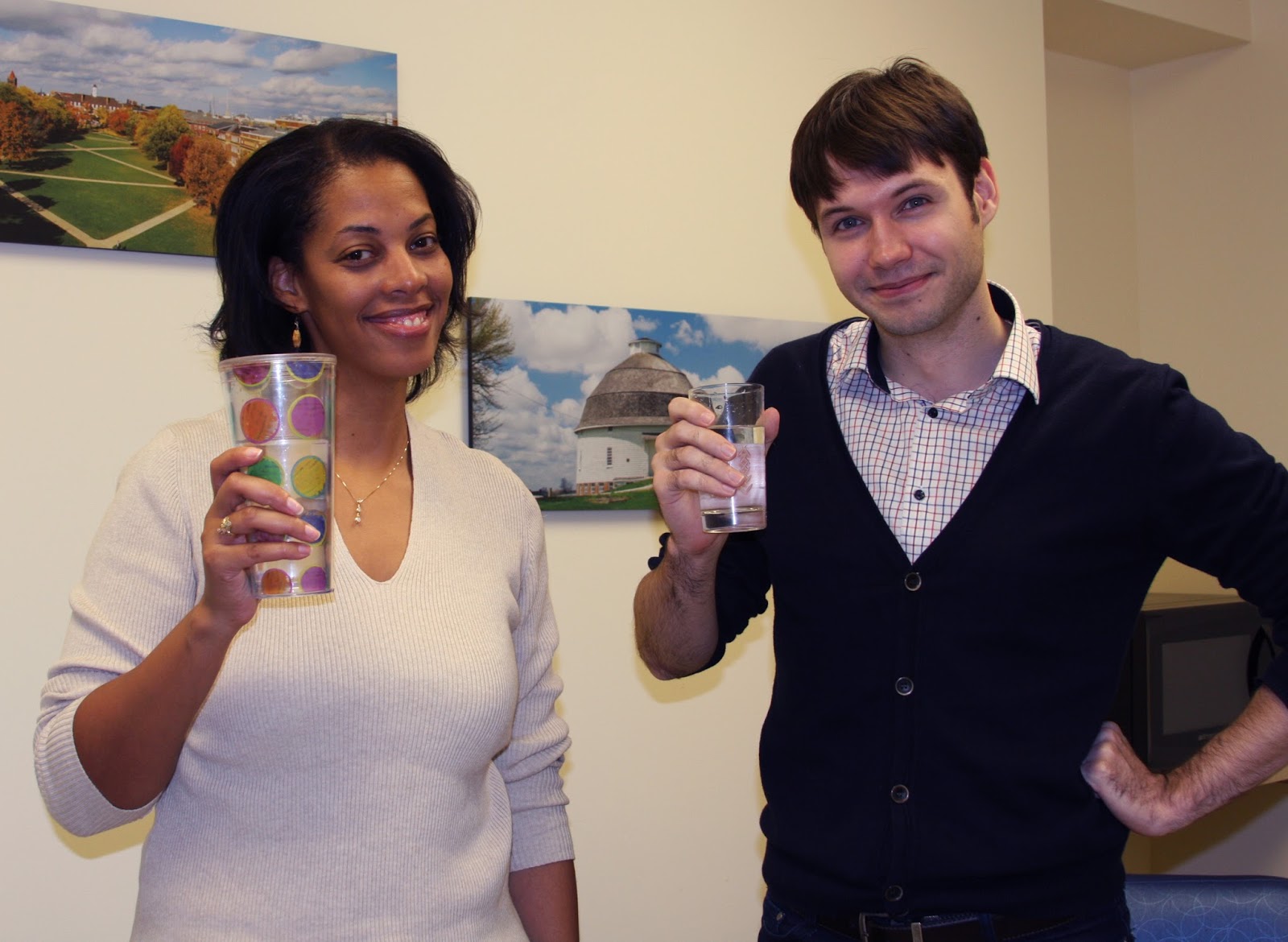Earlier this week, we celebrated the 40thanniversary of the Safe Drinking Water Act (SDWA). This law allows us to feel safe taking a sip from a water fountain or filling a glass from the tap virtually anywhere in the United States. It’s undeniably a feat worth celebrating, but it’s not to say that delivering safe drinking water to millions of Americans is without its challenges—as this year’s events in Charleston, West Virginia and Toledo, Ohio prove.
One of the largest challenges lies in the system itself. Much of our drinking water infrastructure is more than a century old and in desperate need of repair. Leaky pipes and broken water mains cost the country around 6 billion gallons of water every day—roughly 16 percent of our daily use. In the Great Lakes region alone, the annual water loss is enough to supply 1.9 million Americans with safe drinking water for a year.
In northeastern Illinois, the cost of leaky pipes is heightened by overtaxed aquifers and legal limits on how much water can be pulled from Lake Michigan. And as the region’s population grows, there is increasing concern that demand for clean water will outpace supply if communities don’t take steps to encourage conservation, including adjusting water prices to reflect the real costs.
Treating water to meet national standards poses its own problems. In fact, some of the chemicals used to treat contaminants regulated under SDWA have themselves proven toxic under the right conditions.
Water suppliers today also face the question of how to deal with emerging contaminants like pharmaceuticals and chemicals found in personal care products. Our wastewater and drinking water systems weren’t designed with these in mind and often don’t eliminate them. These chemicals have been found across the country in the rivers and lakes we rely on for fresh water, including Lake Michigan. In fact, a 2008 Associated Press investigation found pharmaceuticals and their byproducts in the drinking water supplies of at least 41 million Americans. They’re present in very small concentrations—too small to be toxic to humans. But the long-term risk to humans is still largely unknown. What is clear is that at least some pose a significant threat to aquatic wildlife.
One of the biggest culprits in lake and river pollution is stormwater runoff
. When it flows into waterways, runoff brings everything with it—from gasoline and trash on city streets to fertilizers and pesticides from lawns and farms. These pollutants and the algae growth they spur on can make it more expensive to treat drinking water. In rare cases, water quality can drop so low that it doesn’t meet federal standards even with treatment. And concerns about pollutant-laden stormwater runoff
continue to grow in the Midwest as storms get bigger.
Fortunately, while public water systems and communities continue to grapple with these and other challenges at a larger scale, there is a lot individuals can do day-to-day. For example, properly disposing of unwanted medicine can help keep pharmaceutical chemicals out of waterways and drinking supplies. Homeowners and gardeners can also adopt natural lawn care practices that reduce water usage and prevent landscape chemicals from washing into nearby rivers and lakes. Even simple practices like washing your car with a bucket and sponge or waiting for a full load to start the washing machine can go a long way towards conserving water.
Visit EPA’s Conserving Water site for more information and tips.
Grab a glass, turn on the faucet, and take a drink. It’s a simple thing we do every day without much thought. But it wasn’t that long ago that at least parts of the country had reason to pause before reaching for tap water. As recently as the 1970s, in fact, concerns over drinking water quality were high and news was abuzz with reports of contaminants that posed risks to public health.
 The tides began to turn on Dec. 16, 1974 when President Gerald Ford signed the Safe Drinking Water Act (SDWA) into law. One in a string of environmental legislation, the act set the stage for the first national health-based standards for drinking water.
The tides began to turn on Dec. 16, 1974 when President Gerald Ford signed the Safe Drinking Water Act (SDWA) into law. One in a string of environmental legislation, the act set the stage for the first national health-based standards for drinking water.
The standards—set by U.S. EPA and enforced primarily by the states—set maximum levels for roughly 90 contaminants ranging from pesticides to human waste to naturally-occurring chemicals that can endanger public health. The more than 150,000 public water systems regulated under SDWA are required to test for contaminants and make changes when standards aren’t met.
Over the years, Congress has expanded SDWA several times. The original act focused primarily on treatment processes and technologies. Today, states are also required to assess the quality of rivers, lakes, and groundwater used for drinking water and determine their vulnerability to contamination. Grant and loan programs were also established in 1996 to help providers, particularly small water systems, protect source water, improve treatment processes, and train system operators and managers.
The 1996 amendments also make it easier for you to learn where your water comes from, how it is treated, and what you can do to protect drinking water supplies. Community water systems are required to provide this information in annual consumer confidence reports. You can also get answers to specific questions by calling the EPA Safe Drinking Water Hotline.
Despite these improvements, ensuring Americans have access to safe drinking water is not without its challenges. Check back here later this week for more information on some of the major obstacles faced by water providers and communities.

.jpg)
